Intel's Lunar Lake: A New Era of CPU Performance and Efficiency
- 2024-09-08
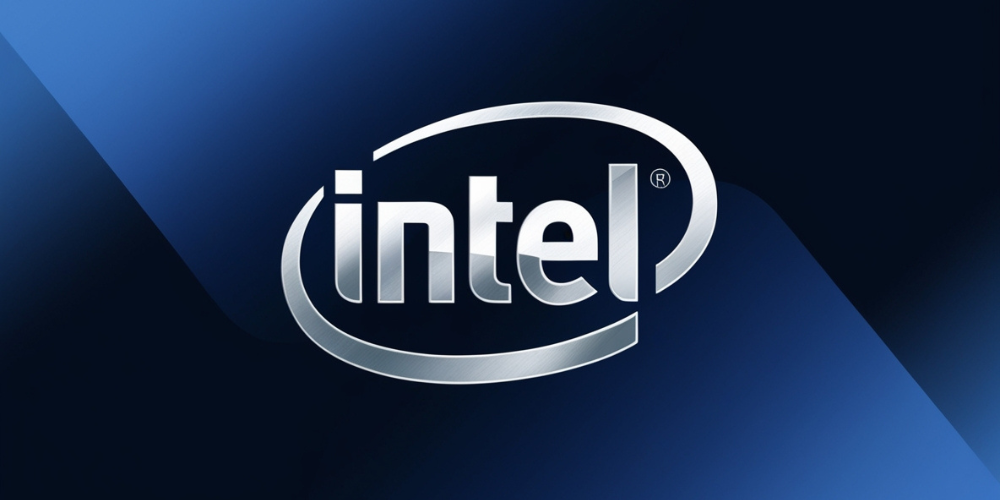
As we move deeper into the world of computing technology, Intel is taking significant strides to enhance the performance and efficiency of its CPUs. With the introduction of the Lunar Lake series, set to launch on September 3rd, Intel is poised to revolutionize latency and bandwidth metrics, promising improvements that could reshape user experiences across various applications. This article will delve into the critical advancements presented during Intel's recent Tech Day at Computex 2024 and offer insights into how these changes may transform computing paradigms moving forward.
Understanding Lunar Lake Architecture
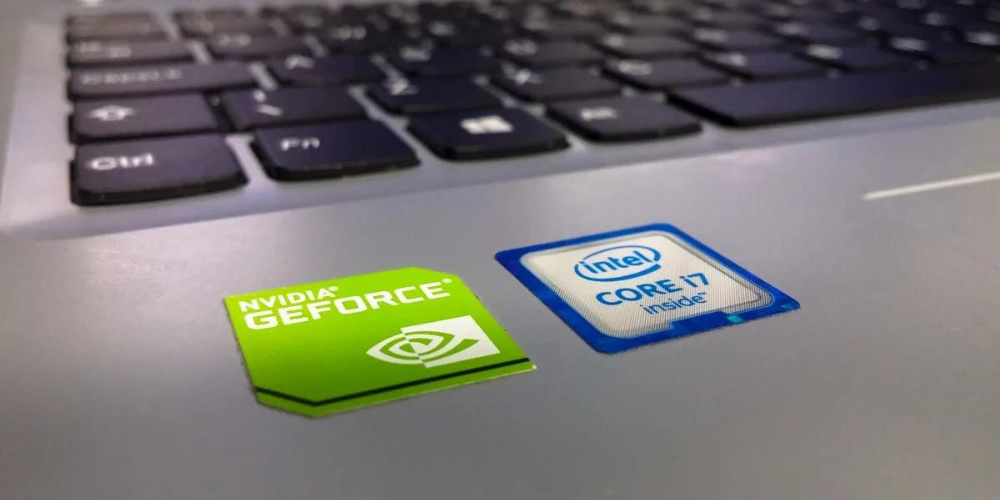
The Lunar Lake CPUs represent a significant evolution in Intel's architecture, featuring a dual-core structure that enhances performance across the board. The P-Core design, referred to as Lion Cove, works in tandem with the Skymont E-Core design, representing Low-Power cores. This combination stands in contrast to the previous Meteor Lake CPUs, which utilized a triplet of different core architectures. The Meteor Lake lineup incorporated Redwood Cove P-Cores alongside Crestmont E-Cores, as well as additional low-power cores housed on a separate system-on-chip (SoC) tile.
Enhanced Core Design and Functionality
One notable improvement in the Lunar Lake design is the separation of P-Cores and E-Cores across distinct tiles. The P-Cores are positioned on the compute tile, while the LP-E cores are allocated to a dedicated low-power island. This separation optimizes intercommunication, effectively reducing latency issues that plagued the Meteor Lake series. Intel's careful design choices with Lunar Lake are clear, as the enhancements directly correlate to better performance metrics and user experiences.
Latency and Bandwidth Breakthroughs
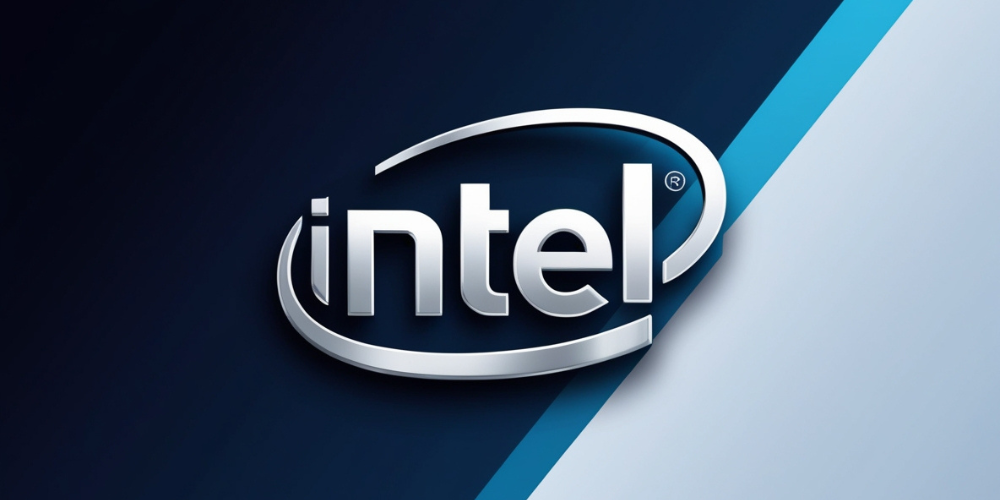
One of the standout features of Intel's Lunar Lake is the substantial reduction in latency it offers compared to Meteor Lake. During the testing phase, Intel reported a remarkable three-fold latency improvement with its new CPU architecture. The advancements in chip-to-chip bandwidth have also been pivotal in achieving this enhancement. With an increase in bandwidth—reportedly up to 2.8 times that of Meteor Lake—users can expect a more responsive system when managing memory load scenarios.
Improved Performance Metrics
The specifics of latency improvements are notable across various buffer sizes. In memory scenarios, the P-Cores of Lunar Lake demonstrate a consistent decrease in latency, scaling effectively from smaller 2 KB buffers to larger 100 MB allocations. Interestingly, the LP-E cores share similar latency characteristics with their Meteor Lake counterparts up to a 32 KB buffer size; however, the divergence in latency becomes pronounced with larger data sets, illustrating a clear performance advantage for Lunar Lake as the buffer size expands.
Bandwidth Capabilities: A New Standard
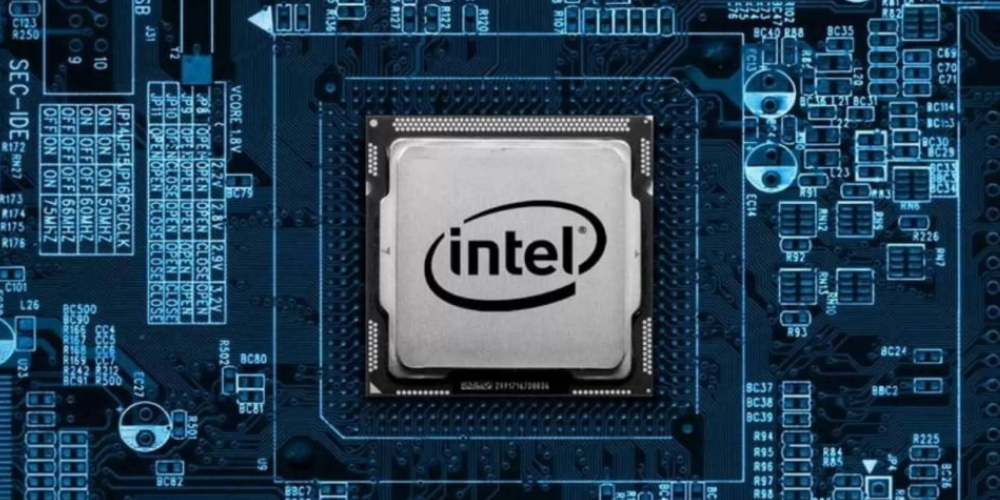
The total memory bandwidth capability for Lunar Lake CPUs is positioned to exceed 128 GB/s, offering a stark contrast to the Meteor Lake CPUs, which barely manage over 64 GB/s. This increase not only facilitates smoother operations but also allows for better scaling as the requirement for data processing grows. The low overhead of this new architecture allows more efficient utilization of threads through Intel's innovative Thread Director technology, optimizing core clusters for multi-threaded applications.
Exceptional Performance in Multi-threaded Scenarios
Intel claims that its Lunar Lake architecture presents over a 20% increase in multi-threaded performance as compared to Meteor Lake, all while operating with fewer cores. This accomplishment suggests that users can engage in more complex applications without needing a drastic increase in processing power. Additionally, single-thread performance has also enhanced significantly, achieving over a 20% boost at peak frequencies while maintaining the same single-thread performance as Meteor Lake at just half the power consumption.
Multifaceted Improvements Beyond Performance
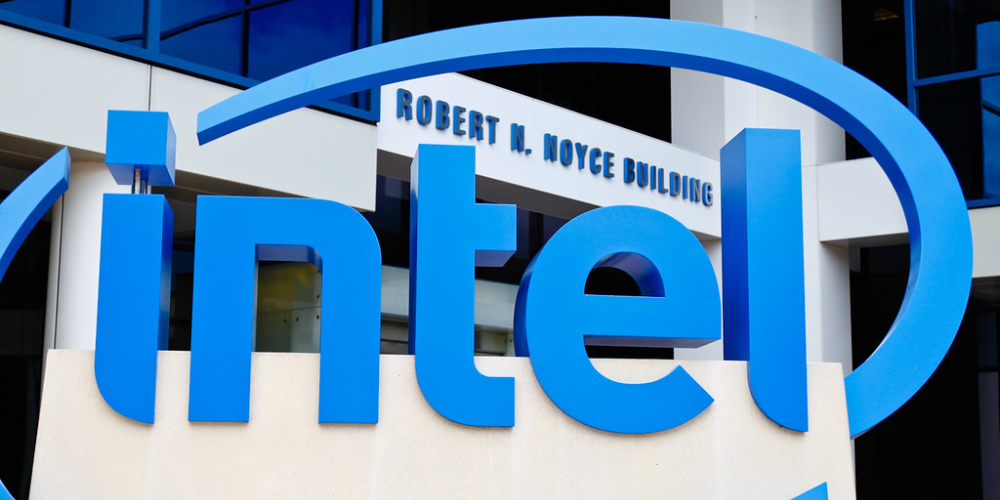
The enhancements brought by the Lunar Lake CPUs extend further into energy efficiency, artificial intelligence throughput, and graphical performance, making it a versatile solution for various user demands. Users can look forward to achieving over double the performance per watt when availing of productivity applications and tasks. Moreover, architectural advancements pave the way for AI throughput improvements that exceed three times those of previous generations across processing units, making it tailored for modern intelligent applications.
Significant Uplift for Graphics Applications
For those engaged in graphics-heavy applications, whether they be gamers or creative professionals, the Lunar Lake platforms promise an impressive uplift in performance, reportedly around 50%. This significant improvement enhances overall user experience, resulting in more fluid interactions and higher-quality outputs for demanding graphical tasks.
Optimized Battery Life for Mobile Devices
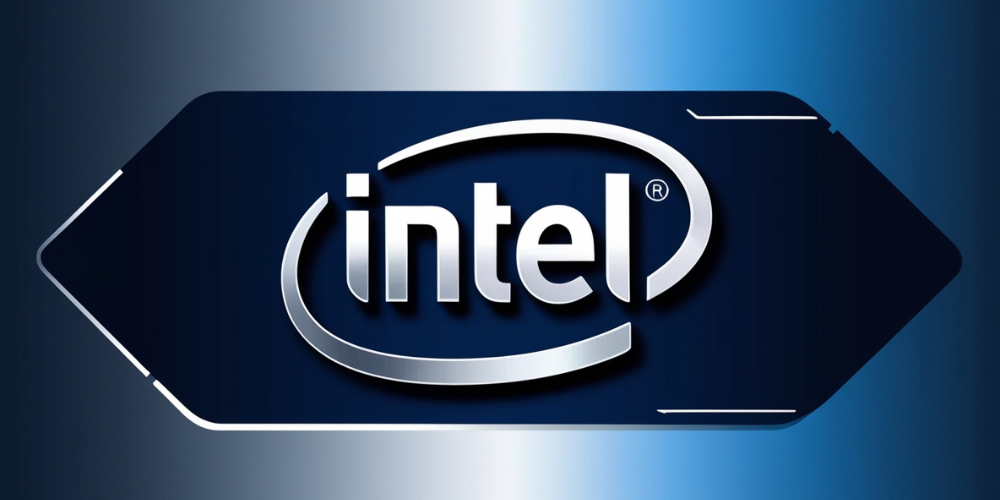
Finally, the advancements with Lunar Lake play a critical role in optimizing power efficiency, a major factor for mobile computing. Users can anticipate a reduction in System-on-Chip (SoC) power consumption by up to 40%, leading to longer battery life and more usability between charges. This improvement is especially pertinent for mobile users who require sustained performance without the frequent need for recharging.
Final Thoughts and Future Expectations
As Intel gears up for the official launch of its Lunar Lake series, the anticipation surrounding its potential transformative impact is palpable. The combination of reduced latency, improved bandwidth, enhanced multi-threading capabilities, and significant performance optimizations signal a promising future for Intel's CPUs. Tech enthusiasts and everyday users alike should stay tuned for further developments and will no doubt benefit from the expected advances in thin and light client platforms fueled by this innovative architecture.





